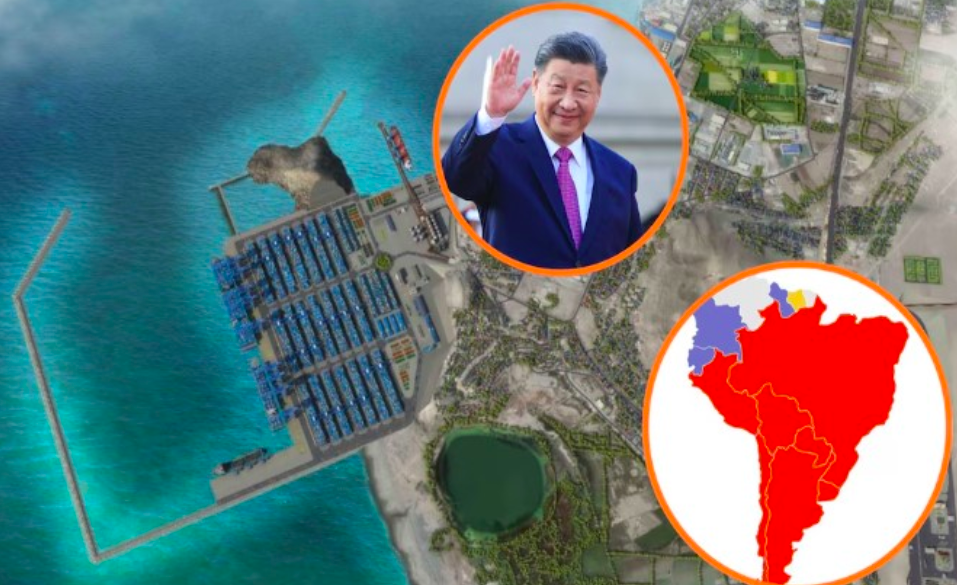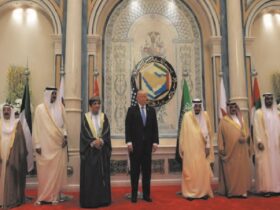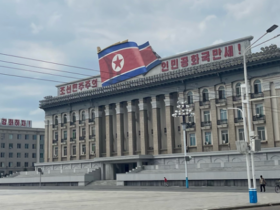In recent years, during a period of significant changes in the global economic and political system, APEC summits have held great importance in fostering international cooperation and supporting sustainable development goals. The 31st APEC Economic Leaders’ Meeting, held this year in Lima, Peru, brought together leaders of emerging world economies to discuss global economic governance and sustainable development for the benefit of humanity. In this process, the role and significance of Latin America have increasingly drawn attention. The recent APEC summit presented numerous opportunities to showcase Latin America’s economic potential and further leverage it through global collaboration.
In his speech during the summit, Chinese President Xi Jinping emphasized that Asia-Pacific cooperation faces challenges such as rising geopolitical tensions, unilateralism, and protectionism. Xi highlighted the need for an open and interconnected paradigm for the Asia-Pacific region and called for the removal of barriers that hinder trade, investment, technology, and service flows. This vision seeks to ensure not only economic relations but also peace and stability among nations through enhanced cooperation. Xi’s statements clearly reflected China’s commitment to strengthening multilateral cooperation and global economic integration. He also announced that China will host the APEC Economic Leaders’ Meeting in 2026, reaffirming the country’s regional and global responsibilities.
Xi Jinping’s visit to the summit also held special significance for Latin America. As his first visit to the region since his re-election and sixth overall, it underscored China’s prioritization of Latin America.
In recent years, China-Latin America relations have deepened substantially, becoming a model partnership for cooperation and development. The China-CELAC (Community of Latin American and Caribbean States) Forum, established under China’s initiative, has provided a unique platform for direct dialogue and development between the world’s largest developing country and the region’s leading nations. This cooperation has evolved into a structure where both sides support, complement, and advance one another.
Over the past decade, China has rapidly expanded its diplomatic relations with Latin American countries. Establishing or reestablishing diplomatic ties with five Central American nations, creating a community with a shared future with Cuba, and developing strategic partnerships with countries such as Venezuela, Brazil, and Mexico exemplify China’s significant steps in Latin America.
China’s engagement with regional and subregional organizations has strengthened communication and coordination between both parties. Particularly, China’s role as a unifying force for the Global South, expanding its “circle of friendship,” has played a key role in implementing multilateral diplomacy and regional development strategies.
China’s trade ties with Latin America are also notable. According to data from the United Nations Economic Commission for Latin America and the Caribbean (ECLAC), trade volume between China and Latin America increased 35-fold between 2000 and 2022. During this period, agricultural trade witnessed a significant boost. While China’s imports from Latin America grew, its investments in the region diversified and expanded. Today, China stands as Latin America’s second-largest trading partner, with its investments in infrastructure projects, digital transformation, and energy initiatives contributing significantly to local development.
Infrastructure projects implemented in Latin America under the Belt and Road Initiative play a vital role in the region’s economic and social development. Airports, ports, transportation hubs, digital infrastructure projects, and clean energy investments offer tangible benefits to local populations, creating employment and enhancing living standards. China’s small-scale, people-centered projects in Latin America address the direct needs of local communities, fostering social cohesion and economic growth.
Recent years have also seen advances in cultural cooperation. Numerous individuals, from professionals and intellectuals to journalists and tourists, have built bridges deepening cultural exchange between China and Latin America. Cuisine, music, language, and historical richness strengthen friendship between peoples, advancing mutual understanding and collaboration. In this context, the multidimensional cooperation between China and Latin America contributes significantly to global peace and prosperity, supporting the construction of a multipolar world order.

















Leave a Reply